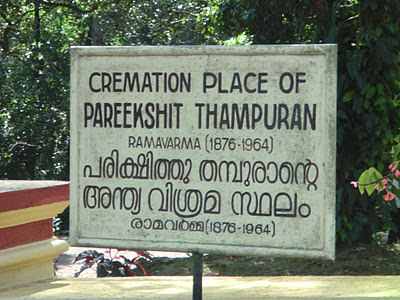Recently, I attended an annual conference focused on establishing fellowship among Christian men. Dubbed Men of Valor, the event features speakers that offer insights on Christian sexuality and purity. Although Men of Valor is organized by a Protestant group, the director Phillip Cosby invites Catholic speakers to participate. The collaboration between denominations to address the pervasive issue of sexual addiction is encouraging and reassuring. I have been informed that some individuals have converted to Catholicism after hearing some of the breakout talks. I’m not sure if this claim is true, but an intriguing issue arises from this thought.
So how does one convert to Catholicism? Many people are Catholic because they were baptized as infants. As they grow up, these individuals either confirm their initiation into Catholicism through the sacraments and regular attendance of mass or elect to follow other faiths or no faiths at all. However, if a person outside the Church wants to join the Catholic faith, there is a process of preparation. Adults and children older than the age of seven must undergo training in the Rite of Christian Initiation for Adults (RCIA). Furthermore, the process of becoming a Catholic is different for non-Christians and Christians.
Non-Christians
First, an unbaptized person must learn about the Catholic faith. This step is facilitated by the entrance into the order of catechumens, where the unbaptized are provided with a thorough background of Christian and Catholic teaching. A catechumen is the term given to those who have not yet been initiated as Christians. The purpose of this time is to give the catechumens the opportunity to strengthen their faith and reflect on their desire to become Catholic. The catechumens generally stay in this phase for less than a year.
Second, the catechumen takes the rite of election thereby expressing a sincere desire and intention to receive the Sacraments by writing his or her name in a book. Normally, the Rite of Election happens on the first Sunday of Lent, the 40 day period of fasting and preparation for Easter.
Third, after the right of election, the candidates experience a time of deep reflection through participation in several rituals known as scrutinies. These scrutinies are designed to bring out the best and worst qualities of the catechumen. During this period of intense meditation and prayer, the candidates are given the Apostles’ Creed and the Lord’s Prayer, which they recite on the evening of initiation.
Fourth, the initiation itself happens on the Easter Vigil the night before Easter Sunday. At this special mass, the catechumens receive three sacraments- baptism, confirmation, and the Eucharist. On this unique evening, the catechumens are accepted into the Catholic Church.
Lastly, the new Catholics go through mystagogy, a time in which faith is strengthened and an immersion into the Catholic community takes place. For the first year as Catholics, the new initiates are known as neophytes, or “New Christians”.
Christians
If a person is already a Christian and wishes to convert to Catholicism, there is a separate process of conversion.
For non-practicing Christians, the instruction received can be similar to a catechumen’s experience. However, these people are not catechumens because they have already been raised as Christians. It follows that they should not participate in the rites and rituals mentioned above. Practicing Christians only need to receive instruction of the Catholic tradition before converting. Therefore, these people do not need to undergo the entire RCIA program. It is up to the Church to decide who has lived a Christian life prior to converting to Catholicism.
Interestingly enough, the timing of their reception into the Church is different. Rather than being initiated on the Easter Vigil, Christians are welcomed as Catholics on any Sunday celebration of the Eucharist.
Of course, the conversion to Catholicism is a personal decision that should be made only after long periods of reflection and study into the traditions of the Catholic tradition. The Catholic Church spans milleniums, and thus,is the oldest Christian church, tracing its roots to Jesus of Nazareth. Approximately 1 billion people identify themselves as Catholics, so prior to joining this global community, a prospective convert should truly believe in the Church’s teachings.










































































